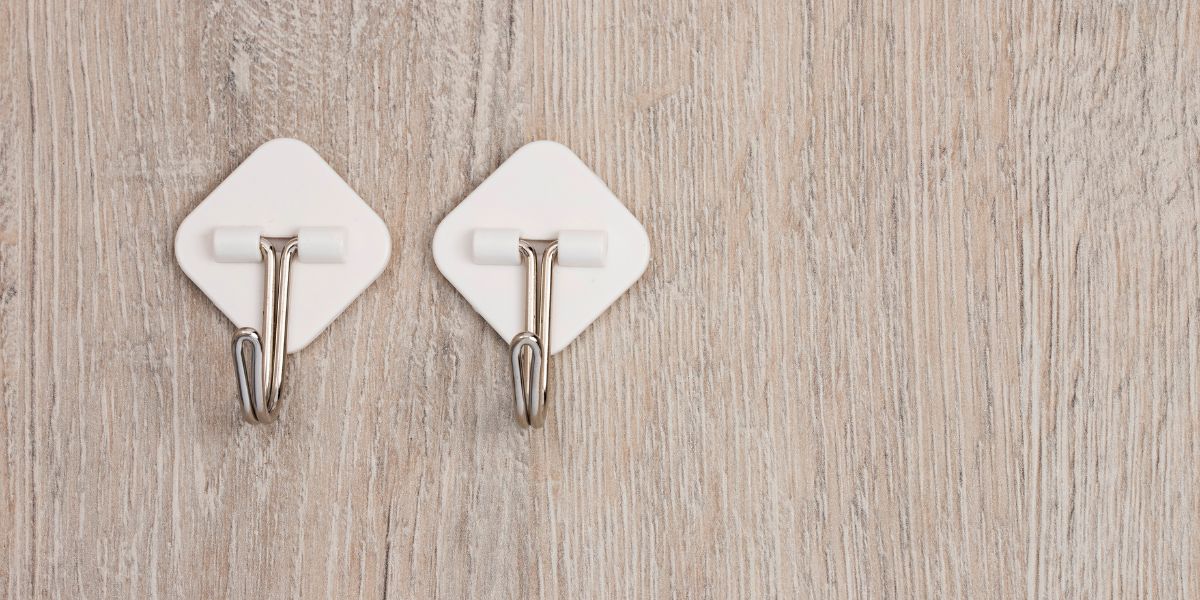In retail environments, display hooks are essential for presenting products in an organized, accessible, and visually appealing manner. Selecting the right display hook ensures that products are securely held, clearly visible, and easy for customers to access. The right choice depends on factors such as product weight, packaging style, and the type of display surface used in the store.
Display hooks are used in supermarkets, clothing outlets, hardware stores, and showrooms to maximize vertical space and keep displays neat. They make it easier for staff to restock shelves and for customers to find items quickly Display Hook.
Understanding Display Hook Types
Display hooks come in different styles and materials to suit various product types and display systems.
Single-Prong Hooks – These are best for lightweight, small items such as packaged snacks, accessories, or stationery. They allow for easy removal and restocking.
Double-Prong Hooks – These provide extra support for heavier products like tools, kitchen utensils, or bulk packaging. The second prong adds stability and prevents bending.
Slatwall Hooks – Designed for slatwall panels, these hooks work well for a wide range of products and are commonly used in both retail stores and showrooms.
Pegboard Hooks – Made for perforated boards, they are popular in hardware and DIY stores for holding hand tools and packaged items.
Gridwall Hooks – Used with grid panel displays, these hooks offer flexibility for temporary or seasonal displays.
Factors to Consider When Choosing Display Hooks
Product Weight – Heavier products require durable metal hooks, preferably stainless steel or chrome-plated steel. Lightweight products can be displayed on high-quality plastic hooks.
Packaging Type – Hooks work best with products that have hanging holes or hook-friendly packaging. For items without hanging points, additional hang tabs may be required.
Display Surface – Compatibility with pegboards, slatwalls, or grid panels is crucial. Hooks must fit securely to avoid accidental drops.
Hook Length – Short hooks are ideal for small quantities or tight spaces. Longer hooks can hold more products but should not cause overcrowding.
Safety Features – Rounded ends, plastic caps, or safety tips help prevent injuries and protect packaging from damage.
Matching Display Hooks to Product Categories
Food and Snacks – Lightweight packaged foods work well on single-prong hooks with label holders for pricing and product information.
Tools and Hardware – Heavy-duty double-prong metal hooks are best for holding items like hammers, pliers, and wrenches.
Clothing Accessories – Scarves, belts, and jewelry can be displayed using slatwall or pegboard hooks with smooth finishes to prevent fabric snags.
Electronics and Gadgets – Hooks with integrated security features are useful for small electronics or high-value items to prevent theft.
Home Goods and Kitchenware – Medium-weight products like spatulas or small pans benefit from sturdy metal hooks that can hold multiple units.
Benefits of Choosing the Right Display Hook
Selecting the right hook type improves both presentation and functionality. Products are displayed neatly, making them more appealing to customers. Well-matched hooks prevent damage to packaging and reduce the risk of products falling. Properly chosen hooks also speed up restocking and inventory checks, helping staff work more efficiently.
The right hook enhances customer experience by making products easy to see and reach. In turn, this can increase the likelihood of purchase, especially for impulse-buy items placed in high-traffic areas.
Maintenance and Care for Display Hooks
Display hooks require periodic cleaning to maintain a professional appearance. Dust and fingerprints can be removed with a soft cloth and mild detergent. Metal hooks should be checked for rust or bending, while plastic hooks should be inspected for cracks. Replacing damaged hooks promptly keeps displays safe and appealing.
In high-humidity environments, corrosion-resistant finishes on metal hooks extend their lifespan. Proper storage of unused hooks prevents warping or damage before they are needed again.
Frequently Asked Questions
What is the best material for display hooks?
Stainless steel and chrome-plated steel are the most durable for heavy items, while plastic hooks are suitable for lighter products.
Can display hooks be reused for different products?
Yes, they can be repositioned and repurposed as store layouts and product ranges change.
Do all display hooks fit any panel type?
No, hooks must match the panel system, such as pegboard, slatwall, or gridwall, to ensure a secure fit.
How do I know what length hook to choose?
Select a length based on the product size and quantity to be displayed without causing overcrowding.
Are label holders important on display hooks?
Yes, they provide pricing and product details, making it easier for customers to make buying decisions.
Conclusion
Choosing the right display hook for every product type is an important part of effective retail merchandising. The correct hook ensures that products are secure, accessible, and visually appealing. Factors such as weight, packaging, display surface, and safety features all play a role in selection. Matching the right hook to the right product category not only improves presentation but also enhances customer experience and store efficiency. With the right display hooks, retailers can create organized, attractive displays that encourage sales and maintain a professional store environment.
